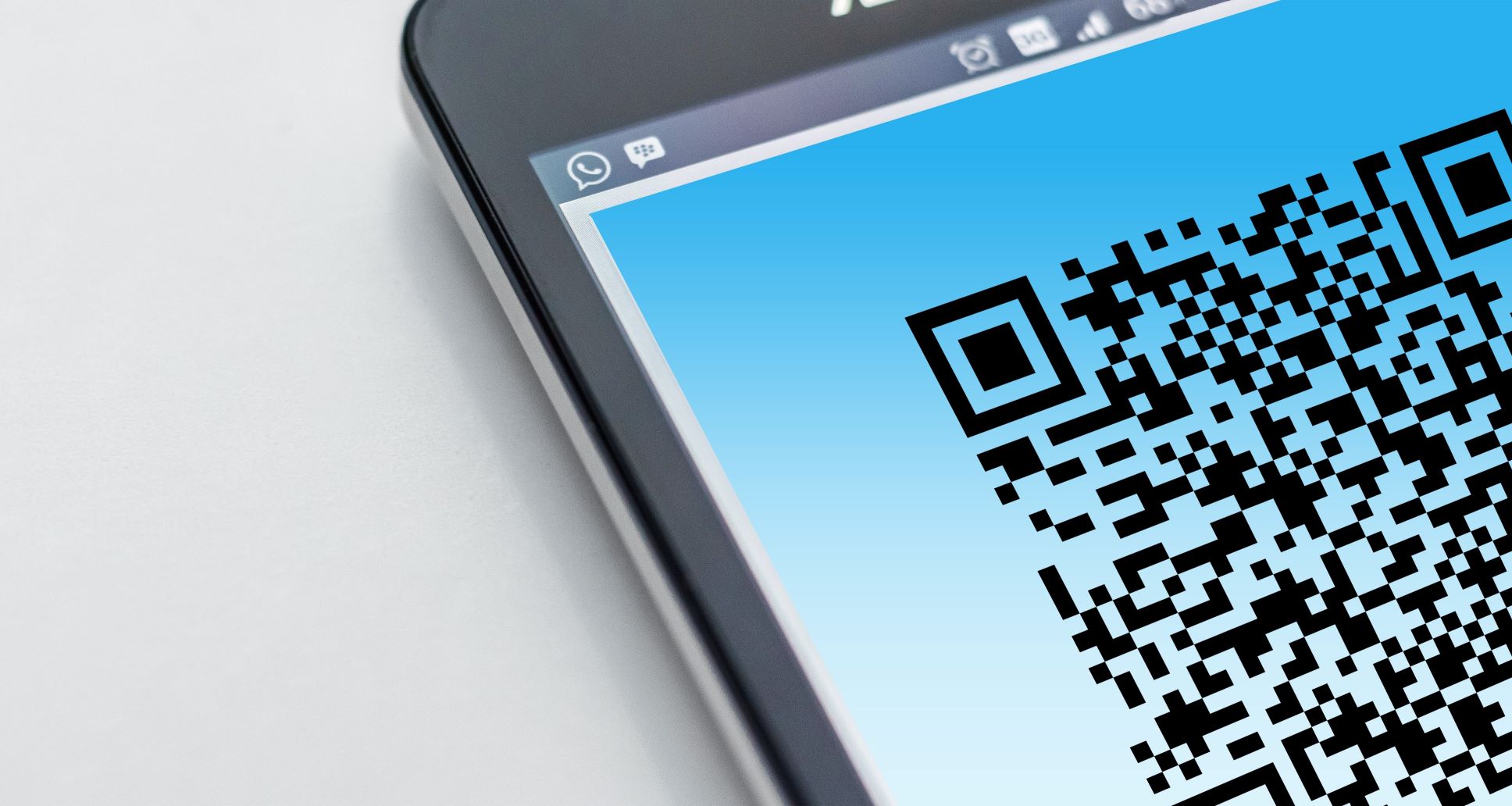How QR codes have breathed new life into Direct Mail
“Jeez, those things just won’t die will they!”
With my media career originating in digital advertising at the start of its ascension to become the behemoth it is today, I’ve always taken an interest in new technology and innovation. I’m also old enough to remember when QR codes were first introduced, heralded as the best thing since sliced bread. Cue a brief wave of hysteria, with poorly executed campaigns featuring them on creative on London Underground billboards when there was no Wi-Fi there…
It isn’t abnormal for new tech to emerge and then not live up to the immediate hype it generates (Blippar anyone…?), and when we started to see QR codes incorporated with the NHS Covid app early on in the pandemic, one colleague even made the above remark to me in response. Part of the challenge for us as marketers has always been trying to identify and then ultimately distinguish a trend from a change. It’s fair to say that’s never been tougher than the last year and counting.
From ridicule to widespread adoption
There’s no doubt however that QR codes have made a resurgence over the last year in many ways, helped considerably by smartphone manufacturers integrating QR read capability into their handsets cameras and negating the need for an app. For reassurance of Google’s interest in this relatively old-hat technology, look no further than the QR button rolled out with the Chrome 88 update.
During various eased periods of lockdown, hospitality venues and retailers used them successfully to adhere safely with track and trace requirements, without relying on pen and paper. Restaurants and bars began to do away with paper menus altogether, instead asking customers to use a QR code to order on their phone (collecting precious first-party data in the process of course…).
In this context of advertising, QR codes have perhaps had their biggest impact in bringing together the print and digital worlds, in particular giving Direct Mail (DM) a new lease of life, especially in the last 12 months. Space & Time was recently asked to participate in a virtual event hosted by direct mail suppliers Precision Connects, and I took part in a panel segment with industry data body JICMAIL and Royal Mail to explore the behavioral shift taking place and the opportunity this represents for brands.
It revealed that a recent survey by Statista found that a whopping 32% of respondents had scanned a QR in one week (just cast your mind back 18 months and imagine the difference). When codes are integrated with quality creative, it means the letterboxes of the millions of houses are open channels for direct advertising.
Opportunities and the ability to measure them
People are inundated daily with various forms of digital advertising, whether it be social media, email or Google Ads, and this bombardment can make it difficult for brands to stand out and make a consumer engage. Direct mail returned respected level of trust between consumer on the survey, with 42% of all recipients seeking further information after being faced with an ad (Ad Mailer, Precision, 2021). Furthermore, by default direct mail will be in the home longer, and according to Precision 91% of consumers engage in some way with all Direct Mail.
This is where the use of Dynamic QR plays a part. When overlaying the targeted and tailored data now available in DM to identify specific households (such as income, occupants, age etc.), QR codes can expedite this conversion. At the click of a button (or the use of a camera) the consumer is instantaneously moved from printed mail to somewhere online, which then allows us to track their information. Better yet, you can send them directly to an online goal, be it watching video content, downloading a brochure, booking a visit or making a purchase. Of course, this in turn aids in further remarketing activity as well.
Comment
How we can reach people might have changed, but fundamentally the funnel hasn’t. We still need to reach audiences across different touch points, and with mail being a trusted source of information in the age of fake news, coupled with an increasingly home-based population, there’s a strong case for DM. JICMAIL’s latest data help illustrate the opportunity, revealing an increase of 11% YoY in effective impressions and engagement.
There has long been the anxiety over not being able to track DM activity and results, but the widespread adoption of QR codes gives us that ability, and greatly strengthens DM as a channel candidate in the omni-channel approach that’s essential to an effective media strategy. Perhaps the icing on the cake then, are the advances that DM suppliers such as Precision have made in becoming carbon neutral, mitigating the growing concern and pressure for marketers to advertise responsibly.

